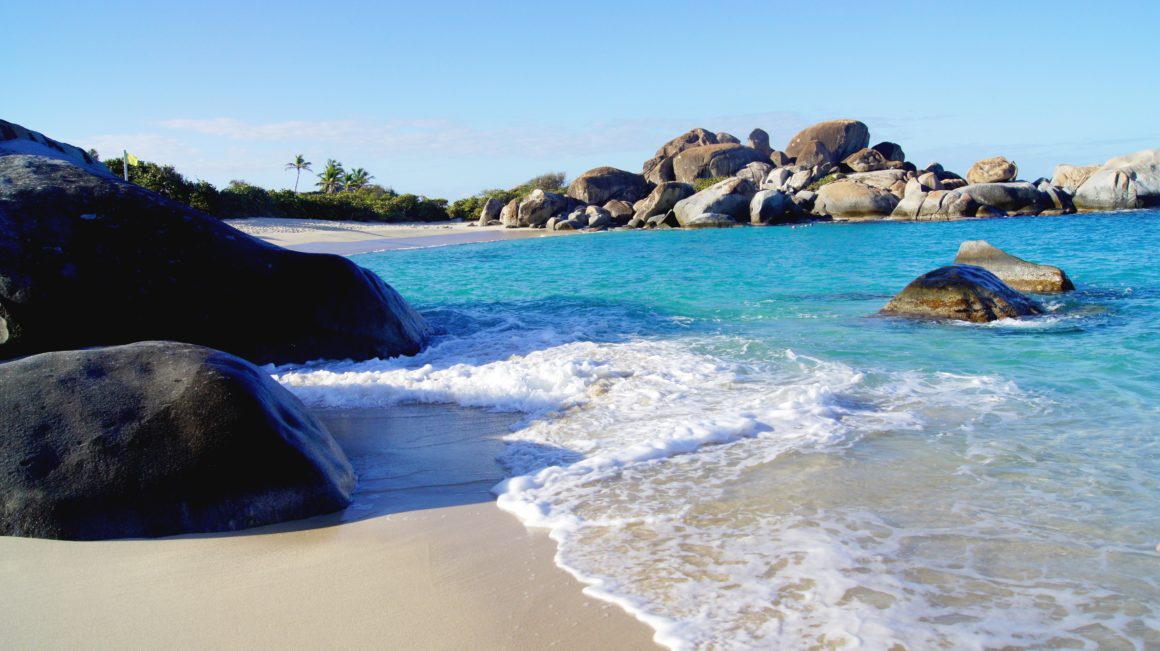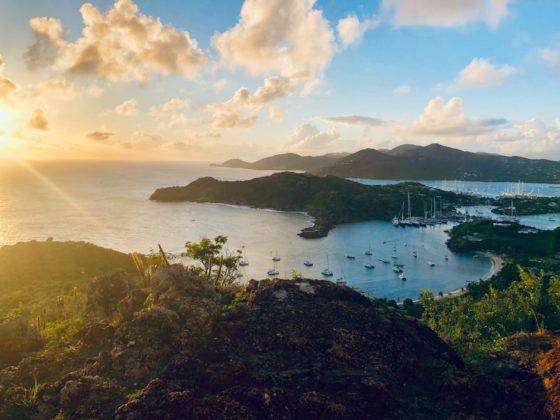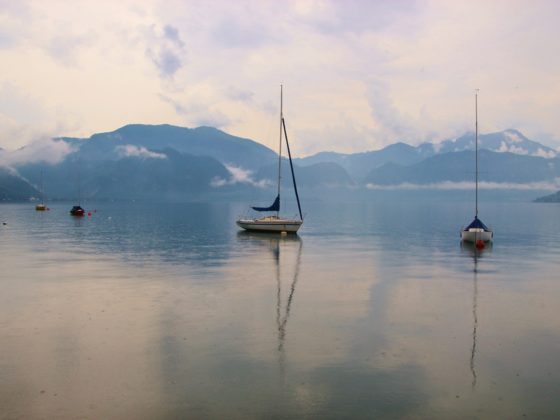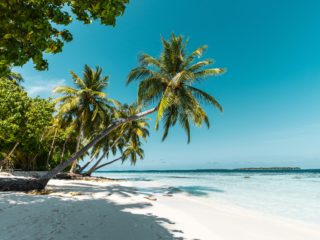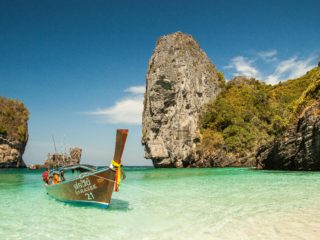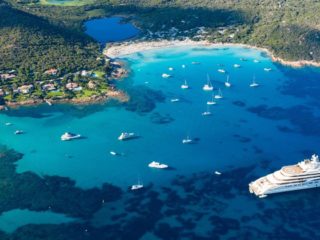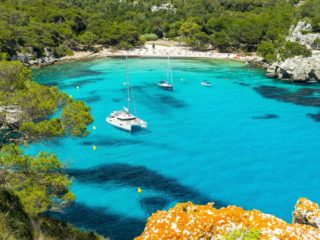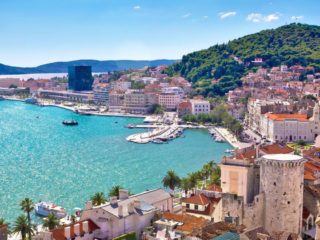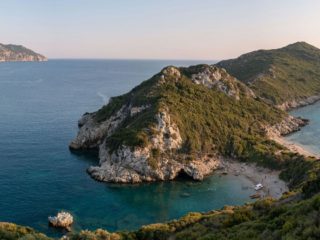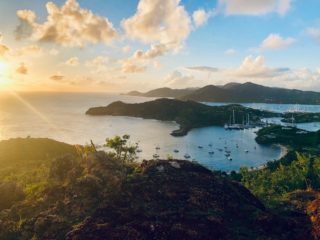With warm trade winds, short island hops and protected anchorages, the British Virgin Islands (BVI) are a dream for sailors. You can sail here almost all year, but conditions and prices change with the seasons. Knowing when the winds are most reliable, when rain is likely and when hurricanes can occur will help you plan the perfect trip. Whether you are organising a first bareboat charter with friends or a family catamaran holiday, understanding the best time to sail the BVI means smoother passages, better value and more time enjoying the beaches, reefs and beach bars.
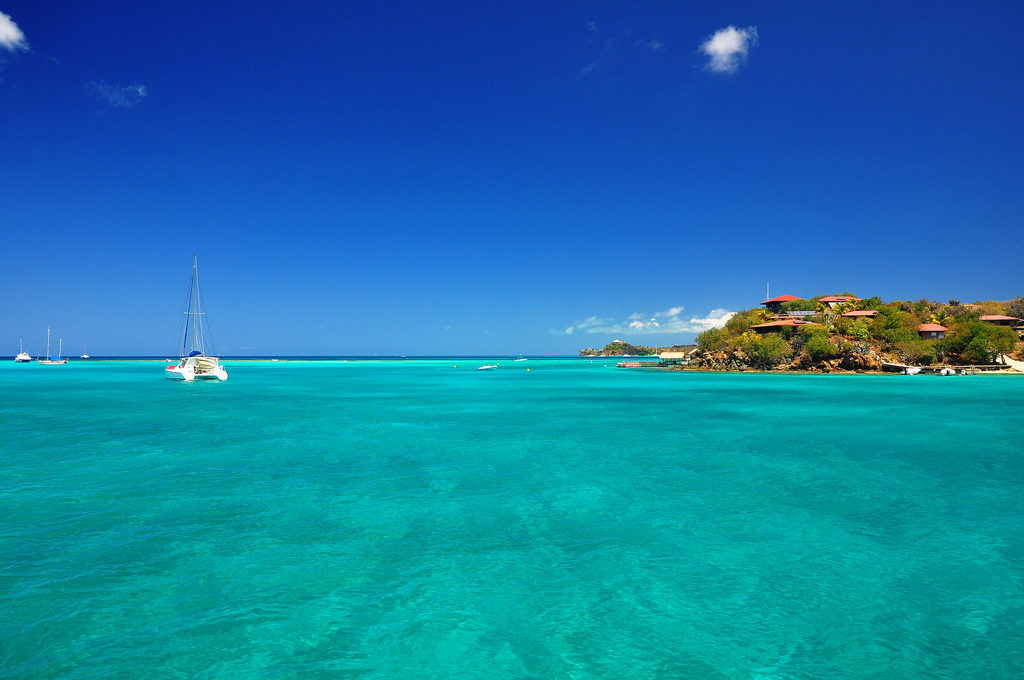
Weather and climate in the BVI
The BVI enjoy a tropical climate moderated by steady trade winds, so temperatures stay warm throughout the year. Typical daytime highs range roughly from 25–31°C (77–88°F), with only a small difference between “winter” and “summer”. Sea temperatures usually sit between about 25–29°C (77–84°F), making the water inviting in every season. Instead of four classic seasons, locals think in terms of a dry season from December to April and a wetter season from May to November. The official Atlantic hurricane season runs from June to November, with the highest storm risk from August to October. You can sail outside the dry months, but it is important to understand what to expect.
High season (December to April): classic trade-wind sailing
December to April is widely considered the best time to sail the BVI. This is the dry season, with plenty of sunshine, low humidity and only light, passing showers. Daytime temperatures hover around 27–28°C (low-80s°F) and the trade winds usually blow at 15–20 knots, creating ideal conditions for relaxed island-hopping and easy anchoring. Regattas and events such as the BVI Spring Regatta add extra energy on the water and in the marinas. The downside is that this is also the busiest and most expensive period. Anchorages fill up quickly, popular beach bars are lively every night and you will want to book boats, moorings and flights well in advance. If your priority is reliable weather and a fun social scene, this is the perfect window.
Shoulder months (May to June and November): balance and value
The months of May, June and November sit on the edges of the main season and offer a good balance between weather and price. Temperatures are a little higher and humidity increases, but you still get long sunny days and pleasant sailing winds in the 10–15 knot range. Short tropical showers become more frequent in May and June, usually passing quickly and leaving fresh, green hills behind. November marks the transition back into the dry season, with improving visibility for diving and snorkeling. During these months marinas, anchorages and beach bars are noticeably quieter, and charter rates can be lower than in peak winter. If you are flexible, enjoy a calmer atmosphere and want to stretch your budget further, the shoulder months are an excellent time to sail the BVI.

Low season and hurricane window (July to October): quiet but riskier
From July to October, the BVI move into the heart of the wet and hurricane season. Air temperatures are at their highest, often around 30–31°C (mid-80s°F), and humidity is strong. Rainfall increases, especially in September and October, which are typically the wettest months of the year. Tropical storms and hurricanes are possible, with the main risk window from August through October. Many charter companies reduce operations or close for maintenance during September and October. That said, sailors who are experienced, flexible and lucky with the weather can enjoy empty anchorages, lush green landscapes and significantly lower prices. If you choose to sail in this period, keep plans flexible, monitor forecasts closely and consider comprehensive insurance.
Why discover the BVI by boat?
However you time your trip, a boat is the best way to experience the BVI. Distances between islands are short, so you can sail an easy hour or two and discover a completely new bay. A sailboat or a catamaran lets you anchor off legendary spots like The Baths on Virgin Gorda, White Bay on Jost Van Dyke or the coral reefs around Anegada. You can snorkel straight from the stern, visit beach bars such as the Soggy Dollar Bar, or enjoy quiet sunsets in secluded coves. With many mooring fields, protected sounds and line-of-sight navigation, the BVI are friendly to both first-time charterers and seasoned skippers. Choosing the right season simply helps you get the most from this island playground.
FAQ
Not really, but July to October has higher rainfall and hurricane risk. Many sailors avoir September and October for this reason.
December to April is ideal. You get dry, sunny weather, steady trade winds and plenty of open facilities.
Yes, popular anchorages and marinas can be busy and prices are higher. Booking early will help you secure the best boats and mooring spots.
May, June and November often bring lower charter rates and fewer crowds, while still offering pleasant sailing conditions.
Pack light clothing, reef-safe sunscreen, sunglasses, a hat, swimwear and a light jacket for breezy and colder evenings. These are usually enough in any season.

